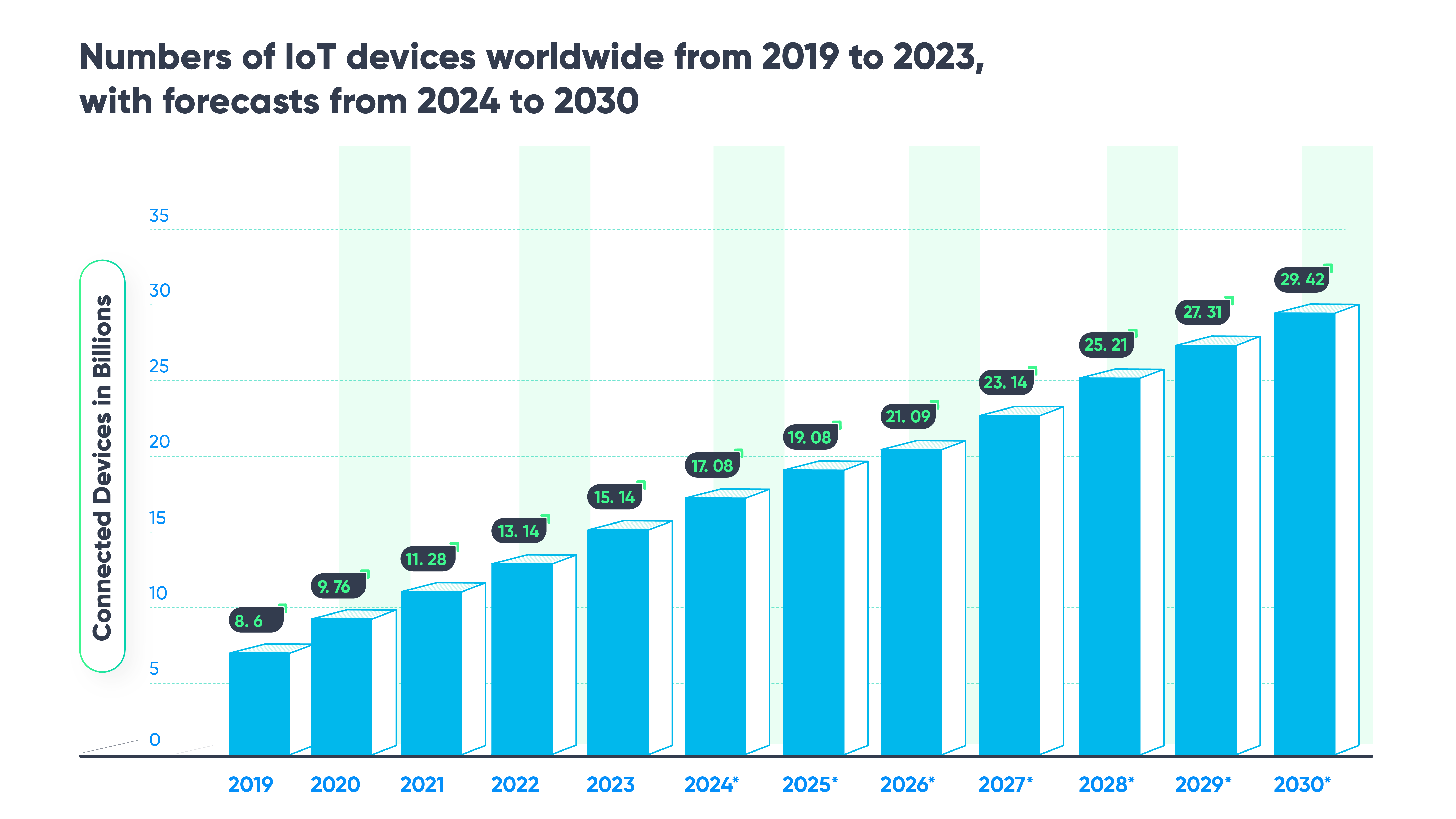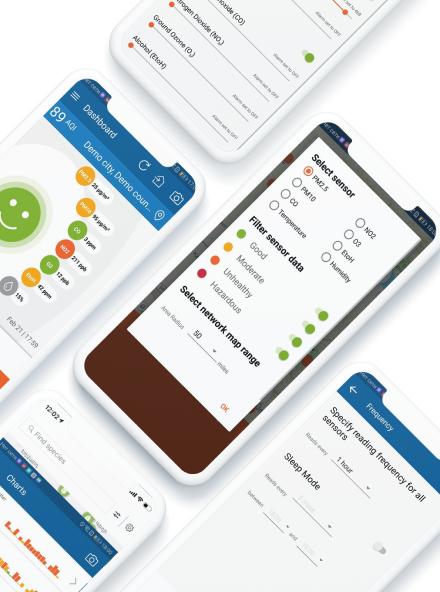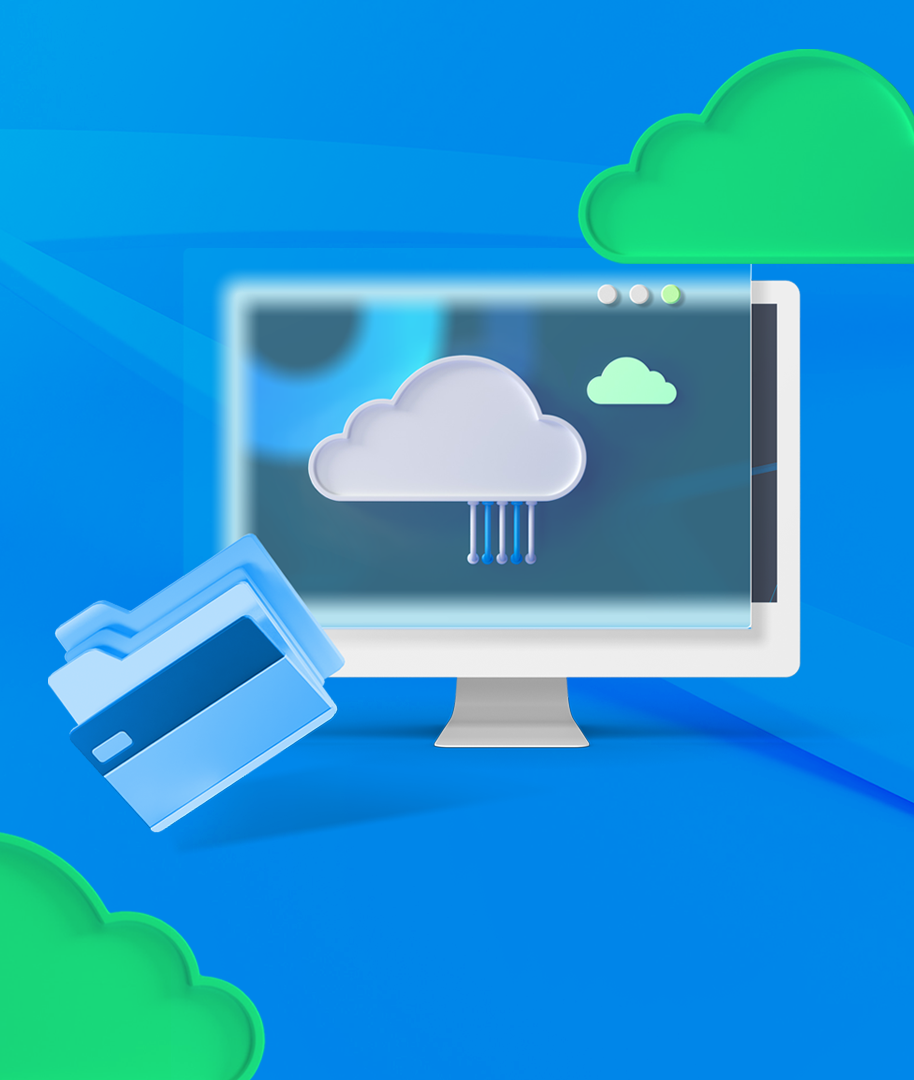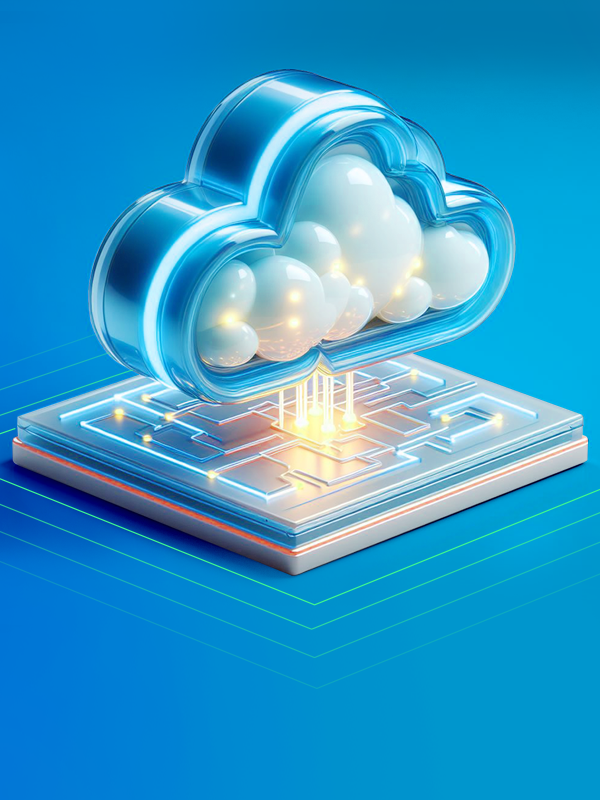
IoT App Development and Its Impact on Your Business in 2025
20 Jan 2025
.jpg?sfvrsn=4ac8b6c0_2)
In the following article, Arman Hovsepyan, one of our experienced Android developers, explores the benefits of Mobile IoT for businesses and the technologies that can help leverage its potential.
IoT Mobile App Development: Introduction
The IT industry is one of the fastest growing and constantly changing sectors of modern life. The major reasons behind this growth are the technological innovations and the demand for new solutions that are changing the quality of life and taking it to a new level. To build a successful business in this fast-growing industry, organizations need to follow the current trends and be able to make smart business decisions.
In this article, we will focus on the Internet of Things app development, which has gained unparalleled popularity in recent years. First, let's understand what IoT is and what you need to know to plan a solid IoT strategy for your business.
The Internet of Things app development is a network of actual objects that are equipped with sensors, software, and network connectivity. These devices can communicate and exchange data with one another, thus improving the effectiveness and efficiency of their operations. As the demand for IoT projects and solutions continues to increase, we also witness an unprecedented increase of connected devices.

Since mobile devices are an inseparable part of our lives, they also play a crucial role in the development and adoption of IoT technology. Mobile devices let users remotely control, monitor, and interact with IoT devices in real-time. As the IoT ecosystem continues to grow, we can expect to see even more IoT-related applications. This will, in turn, open great opportunities and new markets for starting IoT projects.
To be successful in this increasingly competitive field, it's imperative to pick the appropriate platform and technologies for creating and developing your app. To help you in this endeavor, we have defined the types of architecture layers that mobile IoT should have, their business benefits as well as the technologies behind them.
Business Benefits and Risks of IoT App Development
Businesses can use IoT technologies to create unique products and services that will help them gain a competitive advantage and satisfy the changing needs of their clients. On this note it’s worth mentioning, that mobile IoT app development has the power to transform business procedures and create possibilities for growth and success.
By identifying the potential benefits of mobile IoT, businesses will acquire a better understanding of how this technology can essentially optimize their operations. Some of the benefits that mobile IoT provides, include:
- Remote management of devices and systems
- Real-time monitoring of equipment and inventory levels
- Personalized services and recommendations for customers
- Data collection and analysis
However, it is also important for businesses to identify and manage the potential risks associated with mobile IoT, including:
- Privacy risks related to the collection and use of personal data
- Security risks associated with sensitive data exchange and potential cyberattacks
- Technical complexity and maintenance challenges
- Compatibility issues between different devices and operating systems

Layers of Mobile IoT Applications: What Constitutes a Mobile IoT App?
IoT mobile app development is made up of several interconnected layers which help boost user experience, making it smoother and more effective. The interaction and control of connected devices and sensors are made possible by these layers working together to create seamless user experience.
Knowing the layers of these applications will help anyone looking to build mobile IoT applications better understand how they function and how data is transmitted and processed. Typically, a mobile IoT application has the following layers:
1. Application Layer
The application layer contains the mobile application that gives users access to IoT devices and the data they produce. Mobile app users can view real-time data, manage devices, and set preferences thanks to the app's user-friendly interface.2. Device Layer
This layer contains the actual hardware, including the sensors, actuators, and other devices used to collect and transmit data to mobile apps. Smart Home Devices, Wearable Devices, Agricultural Sensors and Industrial Machinery are all examples of devices that can have IoT sensors and connectivity modules.3. Communication Layer
The communication layer enables the use of wireless connectivity protocols, such as Bluetooth, Wi-Fi, or cellular networks, which will enable the communication between the devices and the mobile app. The data is transmitted reliably and securely thanks to this layer. Since it enables the interaction between mobile apps and other devices and systems, the communication layer is an essential component of any modern mobile app development project.Listed below are a few technologies that can be applied to the communication layer:
- Bluetooth: Bluetooth is a wireless communication technology that is widely used in mobile IoT applications. It enables devices to communicate with each other over short distances (typically up to 30 feet) using low-power radio waves. Bluetooth is commonly used in applications such as smart home devices, wearables, and healthcare monitoring systems.
- Wi-Fi: Wi-Fi is a wireless communication technology that enables devices to communicate with each other over a local area network (LAN) or the internet. Wi-Fi is widely used in mobile IoT applications that require high-speed data transfer, such as industrial automation systems and smart city infrastructure.
- Cellular Networks: Cellular networks such as 4G LTE and 5G are also widely used in mobile IoT applications. They require long-range wireless communication. Cellular networks provide reliable and secure communication over a wide geographic area, making them ideal for applications such as smart transportation systems and remote monitoring systems.
- NFC: NFC is particularly useful for mobile IoT applications because it allows devices to communicate with each other without requiring a network connection. This makes NFC ideal for applications where connectivity is limited or unreliable, such as in remote or outdoor environments. NFC can also be used to enable secure communication between devices by using encryption and authentication protocols.
4. Security Layer
Strong security controls are provided by this layer to protect data privacy and prevent unauthorized access to devices and networks. Another important component of the security layer is the encryption of data both in transit and at rest. The latter will ensure data privacy and avert unauthorized access while the data is being transferred between devices or stored in the cloud. 5. Analytics Layer
The analytics layer provides tools and techniques to gain insights from the data generated through IoT devices. It includes tools and software for gathering, processing, and analyzing data in real time. These capabilities allow organizations to monitor and analyze IoT data which helps them in decision-making and improves operational efficiency.6. Cloud Layer
The infrastructure for processing and storing data generated by IoT devices is found in this layer and is cloud-based. The cloud layer offers the compute and storage resources needed to run IoT applications and analytics.Here are some examples:
- Amazon Web Services (AWS): AWS offers a range of cloud services, including storage, compute, and database services that are used to store and process data generated by IoT devices.
- Microsoft Azure: Azure provides cloud-based compute and storage services that can be used to run IoT applications and store data generated by IoT devices.
- Google Cloud Platform (GCP): GCP offers a range of cloud services, including storage, compute, and machine learning services that can be used to process and store data generated by IoT devices.
Together, these layers offer users a seamless, secure experience and make it possible for businesses to harness the power of IoT to develop practical solutions.
Mobile Platforms and Technologies
Companies can choose between native and cross-platform development when it comes to IoT mobile app development. Native development involves creating separate code bases for each platform. Cross-platform development uses frameworks like React Native, Xamarin, and Flutter to create a single code base that can be deployed on multiple platforms.
Both cross-platform and native app development have their advantages and disadvantages. Cross-platform app development is more effective when it comes to code reusability and reduced development time, while native app development provides better user experience and access to the hardware and software features of the device, which is important in IoT applications where sensors and other hardware components are often used. That’s why it is generally recommended to use a native platform for IoT mobile apps instead of cross-platform app development.
Below is a closer look at the pros and cons of cross-platform and native app development.
Pros of Native App Development
- Tailored user interface (UI) and user experience (UX) for each specific platform, resulting in a more seamless and intuitive experience for the user.
- Greater access to platform-specific technologies and libraries required for IoT device integration.
- Access to native app features such as push notifications, camera, and geo-location, which are important for IoT app development.
Cons of Native App Development
- Separate codebases for each platform, which can increase development and maintenance time and costs.
- Increased development complexity, as developers must be proficient in each platform's programming languages, APIs, and development tools.
- Potentially higher costs, as development teams may need to hire platform-specific developers or develop expertise in multiple programming languages and platforms.
Pros of Cross-Platform App Development
- Faster development time, as developers can write code once and deploy it across multiple platforms.
- Lower development costs, as only one codebase is required for multiple platforms.
- Easier maintenance, as changes can be made to a single codebase that can be deployed to multiple platforms.
Cons of Cross-Platform App Development
- Potentially lower performance due to the additional layer of abstraction required for cross-platform development.
- Limited access to platform-specific technologies and libraries required for IoT device integration, which can make it more difficult to develop certain features.
- Limited access to native app features, which can limit the functionality of the app.
Overall, as noted above, while cross-platform app development has its benefits, native app development is often the preferred choice for IoT mobile applications due to its ability to provide better user experience and take full advantage of the device's hardware and software capabilities.
Closing Notes
As IoT evolves, integrating further into our daily lives, it's imperative that engineers and businesses stay up to date in the movement of useful IoT apps. With the right approach, IoT applications can enhance your business operations and improve customer satisfaction, thus growing your bottom line and boosting your ROI.
More helpful resources:
- Enhancing Connectivity: Mobile App Development for IoT
- IoT-Enabled Greenhouses: Transforming Agriculture with Smart Technology
- IoT in 2024: Fundamentals and Trends
- Why Leverage IoT in Your Next Mobile App



